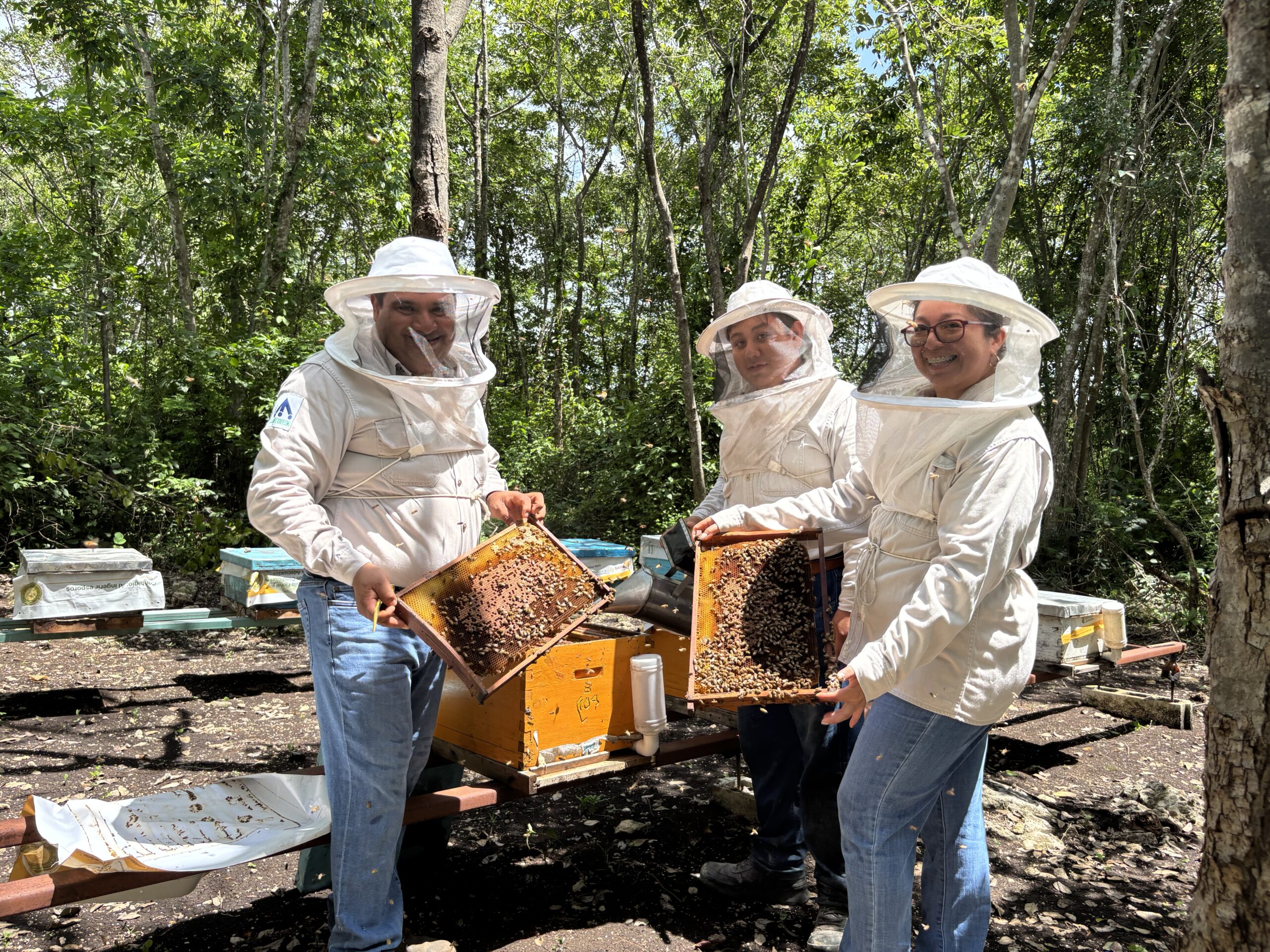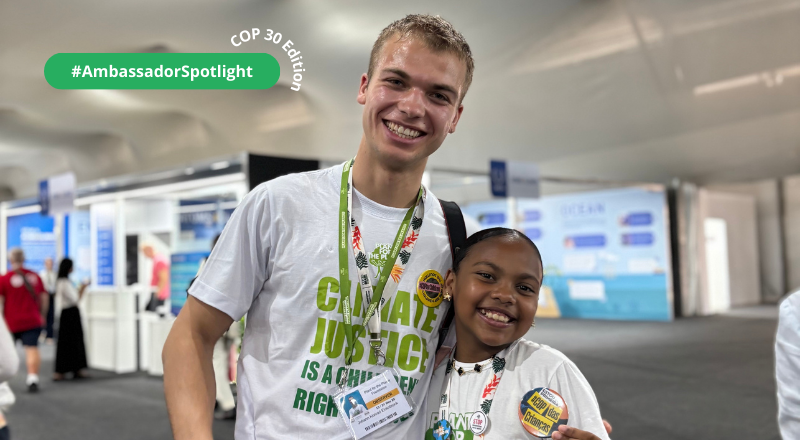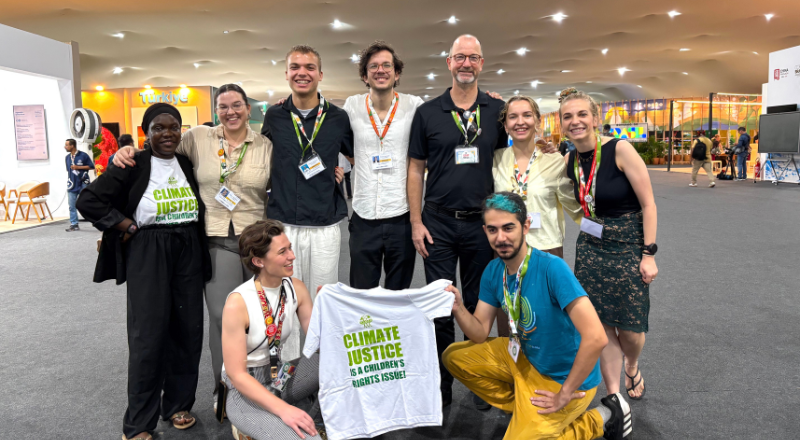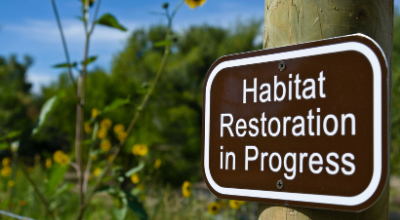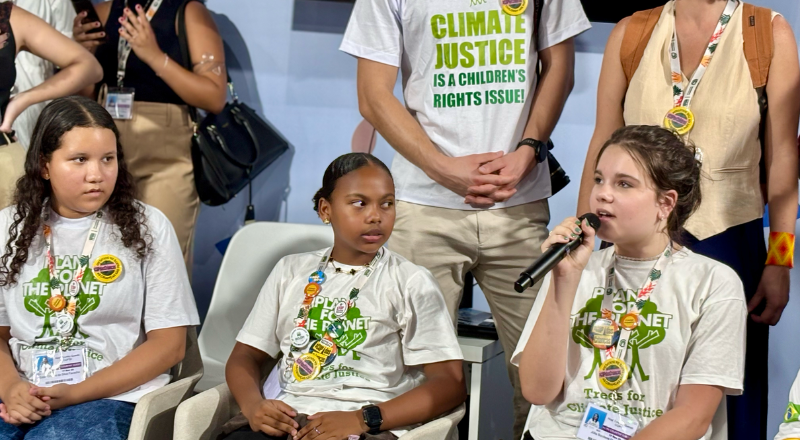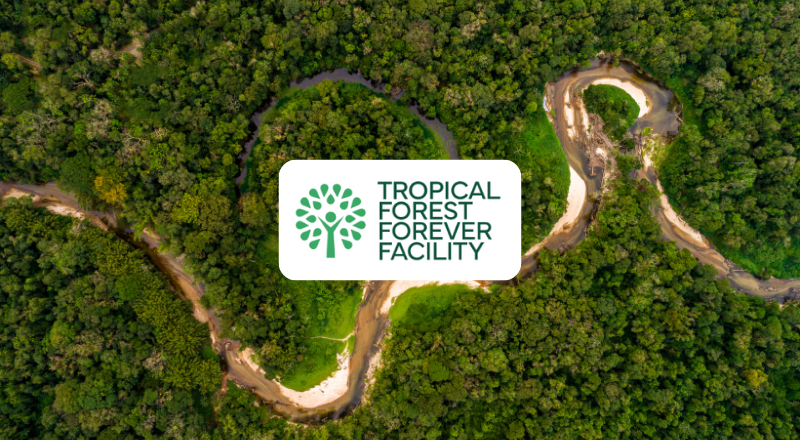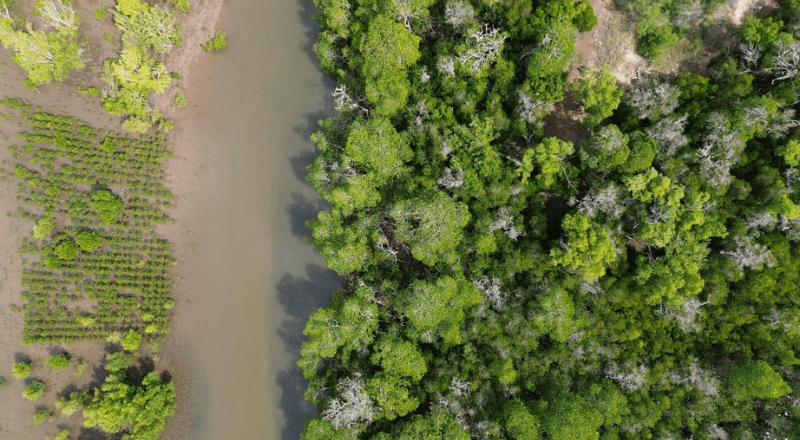
Mangrove restoration is far more than a one-day planting event — it is an ongoing process that requires commitment, community ownership, and long-term management to succeed. These unique coastal forests are more than just trees: they are lifelines. They support local livelihoods, serve as breeding grounds for fish, and provide a home for countless species that depend on their intricate root systems and sheltered waters.
In Kenya, mangrove cover is estimated at 61,271 hectares, representing only a small fraction of the country’s total forest area. Most of these vital ecosystems are found in Lamu County, with smaller populations in Tana River, Kilifi, Mombasa, and Kwale counties. Despite their limited coverage, mangroves play an outsized role — protecting coastlines from erosion, buffering communities against storms, supporting biodiversity, and sustaining local economies through fisheries, tourism, and forest products.
Mangrove Ecosystems facing Threats
Like many coastal forests around the world, Kenya’s mangroves face increasing degradation from both anthropogenic activities and natural factors. The most alarming causes include:
- Illegal logging for timber and charcoal
- Hydrological changes in tidal creeks that disrupt water flow to mangrove areas
- Coastal development that destroys critical habitats
- Pollution from land-based sources
Along the scenic Malindi–Ungwana Bay lies the Marereni mangrove ecosystem, a lifeline for marine biodiversity and local livelihoods. Today, that lifeline is under grave threat—not from chainsaws or pollution, but from profound hydrological changes. Unusual beach sand accretion, driven by wind erosion, has crept into the mangrove areas, blocking tidal creeks and disrupting the natural flow of water. The consequences are devastating and visible both on the ground and from above:
- Water stagnates for prolonged periods (2°50’29.77″S 40°10’33.22″E)
- Excessive salinity builds up as stagnant pools evaporate under the hot climate
- Mangrove roots suffocate under prolonged submergence
- Over 50 hectares of once-thriving mangroves have already died
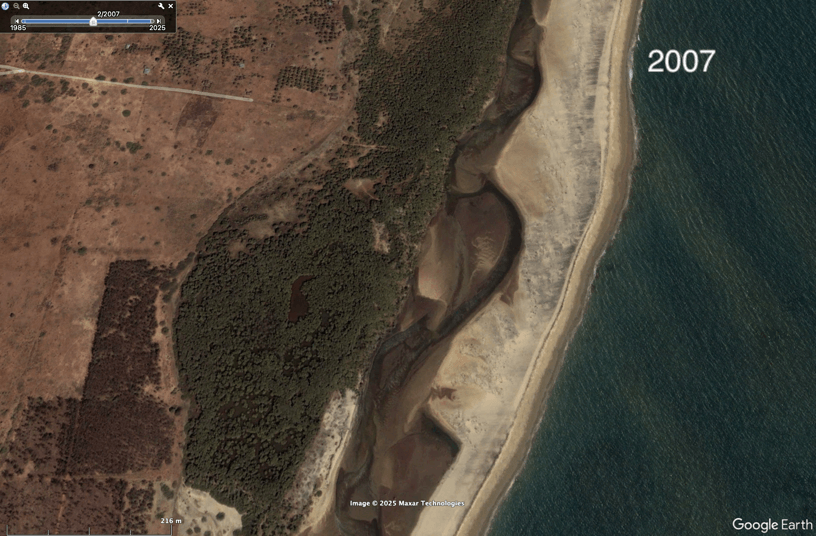
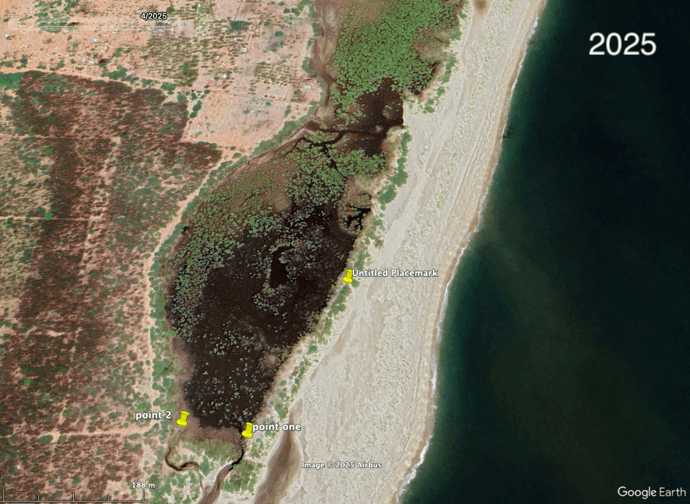
Mangroves are not just trees. They are nurseries for fish, powerful carbon sinks, natural shields against storms, and vital sources of livelihood for our communities. Their decline means loss of biodiversity, collapse of fisheries, weakened coastal protection, and deeper poverty for families who depend on them.
Yet, we refuse to surrender. As community members and custodians of this ecosystem, we are taking action to restore the hydrological flow, rehabilitate degraded areas, and revive the rich biodiversity that once flourished here. Our vision is of one of a resilient ecosystem: a safe breeding haven for marine life, a buffer against climate change, and a foundation for sustainable livelihoods.
Mtwapa Creek — From Thriving Forest to Bare Shorelines
A strong example of human-driven destruction can be seen at Mtwapa Creek, one of our current restoration project sites.
Back in 2011, Mtwapa Creek was a thriving, pristine mangrove ecosystem. Towering trees shaded the tidal channels, fish populations flourished, and the surrounding communities enjoyed healthy fisheries as their main source of livelihood. But rising poverty levels in the community slowly changed this picture. With few alternative income sources, many locals turned to charcoal production and harvesting construction poles. The community did not fully understand the ecological consequences — until it was too late. During COVID-19 in 2020, logging escalated as urban-to-rural migration increased, and many families had no source of income. The pressure on the forest became unsustainable, and fisheries collapsed.
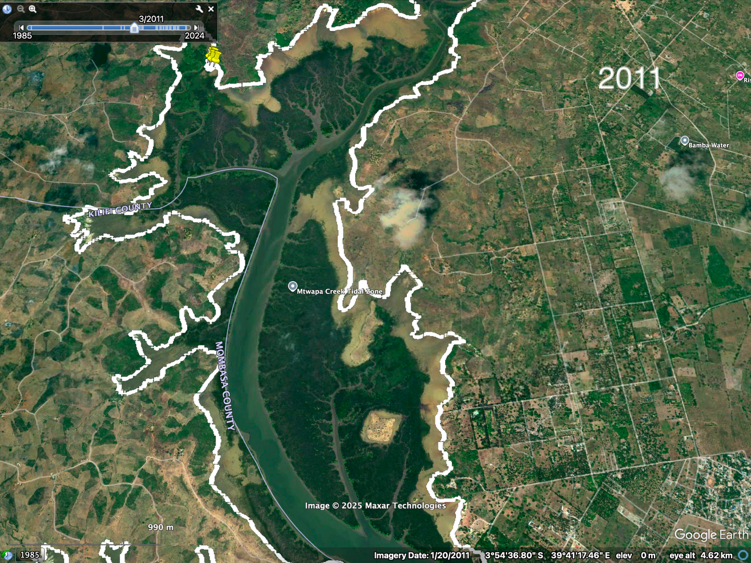
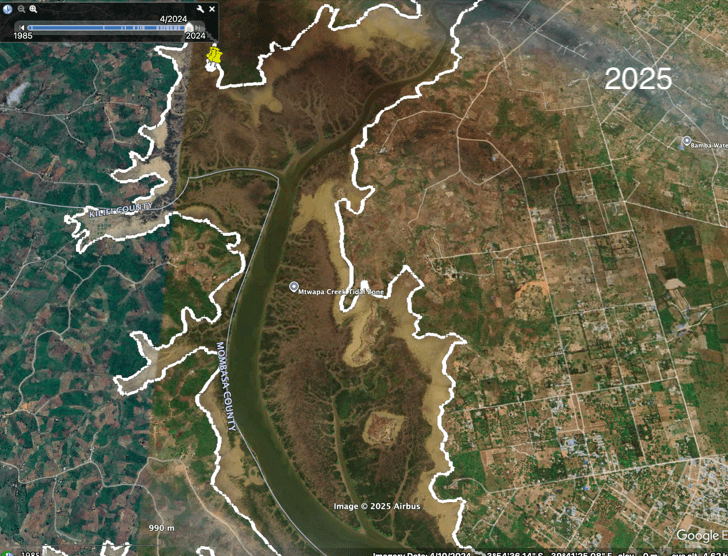
Restoration with the Community at the Heart
In 2022, I (Julius Sila) began engaging with the Mtwapa community to explore restoration possibilities. Local elders and fishers shared emotional accounts of how the creek once supported abundant fish stocks — and how their livelihoods had suffered since the forest disappeared.
Through these conversations, one key truth emerged: Poverty and lack of alternative livelihoods were the root causes of mangrove destruction. We tailored our restoration project not just to plant trees, but to address these underlying drivers. Our approach includes:
- Awareness creation on the importance of protecting mangrove ecosystems.
- Alternative livelihood projects, such as beekeeping and small-scale nature-based enterprises.
- Capacity building to empower communities to manage and monitor restored areas sustainably.
Our vision is to create a future where communities and mangrove forests thrive together, each supporting the other in a cycle of resilience and prosperity.
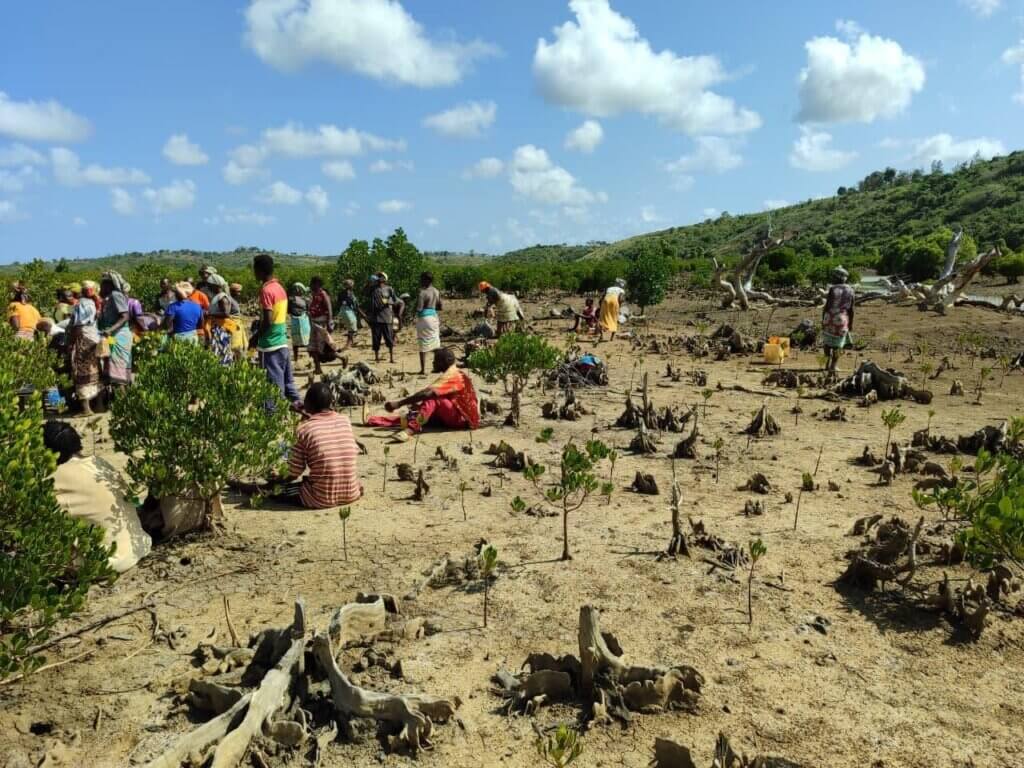
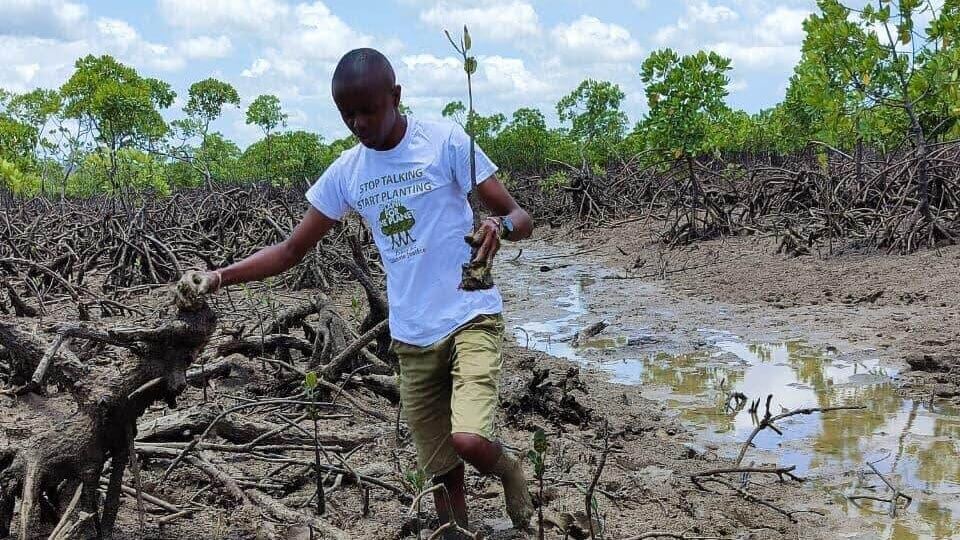
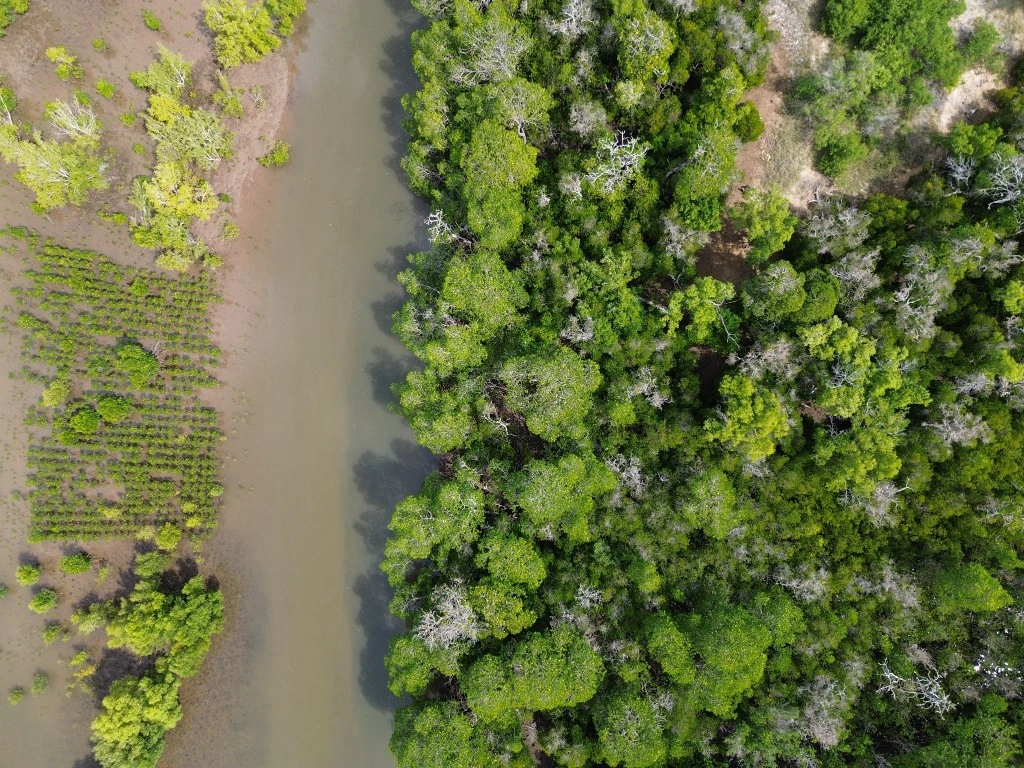
Challenges and Barriers to Achieving Success
For mangrove restoration to be truly successful, projects must go beyond counting seedlings planted and instead focus on addressing the root causes of degradation. Some of the key challenges we face include:
- Limited resources and funding – Many funding models focus only on planting targets rather than long-term survival, maintenance, and community engagement.
- Short-term project timelines – Restoration is a multi-year process, yet many initiatives are funded for only one or two years.
- Lack of livelihood alternatives – Without addressing poverty and economic needs, communities may revert to destructive practices out of necessity.
- Low awareness – Some communities still underestimate the ecological and economic value of mangroves.
Our restoration programs are customised to adapt to these barriers — ensuring that local needs, economic realities, and ecosystem health are all addressed together. Only by tackling the social and economic drivers alongside ecological restoration can mangrove projects be sustainable.
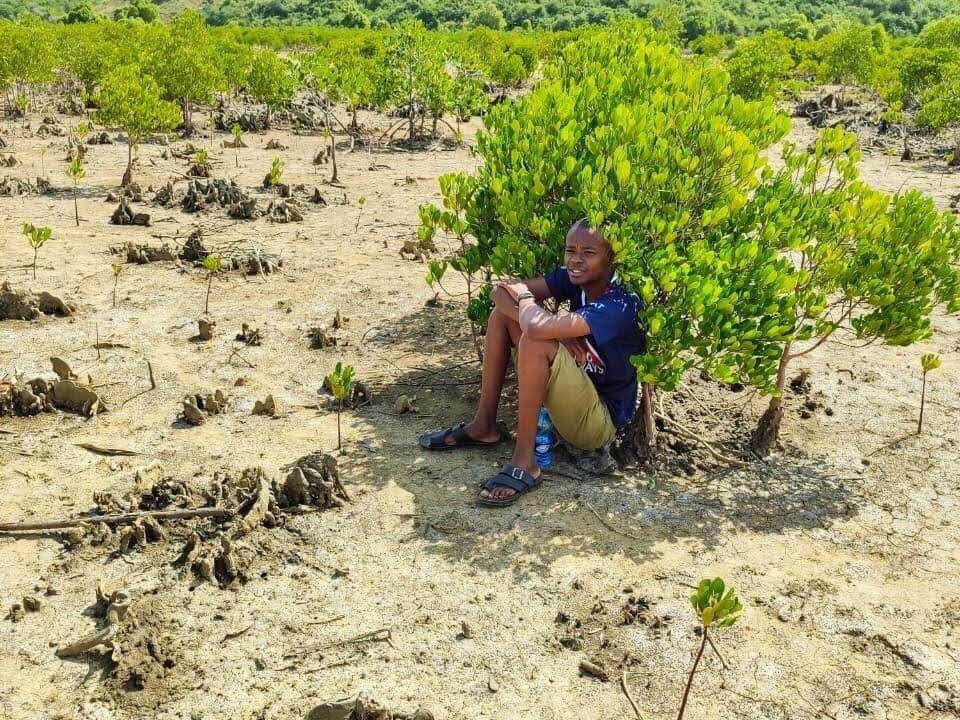
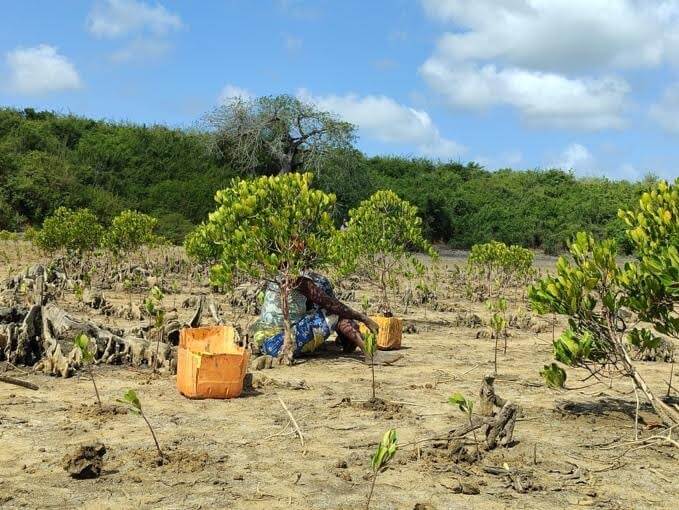
Why This Matters
Healthy mangrove forests support more fish in the creeks and open waters, strengthen coastlines by protecting them from erosion and storms, and they help lower carbon emissions since mangroves store up to four times more carbon than terrestrial forests. They also provide sustainable livelihoods for present and future generations.
Mangrove restoration is not just about planting trees — it’s about rebuilding ecosystems, restoring hope, and reshaping the relationship between people and nature. If this is the kind of future we want, then the time to act is now.
You can read more about Julius’ story here and restore the mangrove ecosystems in Kenya easily and transparently here.
ABOUT THE AUTHOR
Julius Sila is a mangrove restoration expert from Kenya and the leader of the mangrove restoration project, COBEC. He is dedicated to protecting coastal ecosystems, empowering local communities, and inspiring young people worldwide to take action for a healthier planet.
